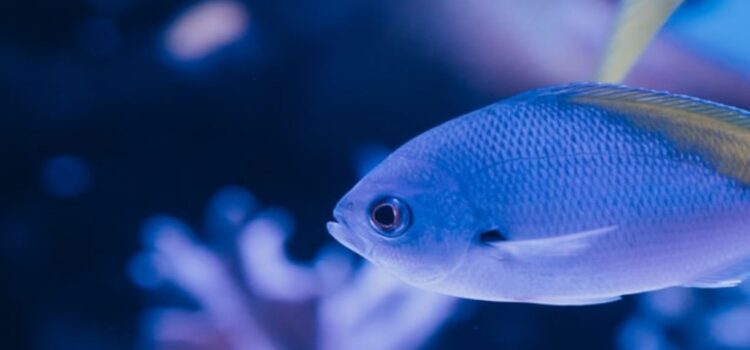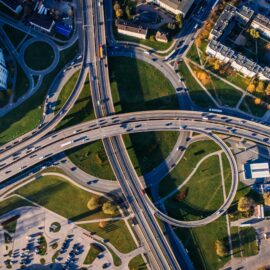

This article is an excerpt from the Shortform book guide to "The Sixth Extinction" by Elizabeth Kolbert. Shortform has the world's best summaries and analyses of books you should be reading.
Like this article? Sign up for a free trial here .
What are the effects of ocean acidification? What role does an increase in oceanic acidity play in the biodiversity of marine life?
The effects of ocean acidification are so destructive that it’s been dubbed the global warming’s “evil twin.” Specifically, ocean acidification is causing an unprecedented reduction in oceanic biodiversity as tehe increased CO2 concentration is affecting the internal processes of the marine microbiome.
Keep reading to learn about the destructive effects of ocean acidification on marine life.
The Effects of Ocean Acidification on Marine Life
Oceans, covering 70% of the earth’s surface, absorb a lot of the carbon we’re pumping into the air—two-and-a-half-billion tons a year—which is changing ocean chemistry.
In the past, there was a fairly even exchange of gases: the ocean absorbed gases from the atmosphere and also released dissolved gases back into the atmosphere. At this point, however, more CO2 is entering the oceans than they can release, resulting in acidification.
As a result, the pH of the oceans’ surface water has decreased, making them 30% more acidic than they were in 1800. The pH is on track to fall to 7.8 (from today’s average of 8.1) by the end of this century, making the oceans 150 percent more acidic than before the industrial revolution.
Why Acidification is Dangerous
In terms of destructive effects, ocean acidification has been called global warming’s “evil twin.” There are numerous reasons, which add up to a steep loss of marine biodiversity.
- Acidification affects the internal processes of marine organisms—for instance metabolism and enzyme activity.
- It changes the composition of microbial communities and thus the availability of key nutrients like iron and nitrogen.
- It changes the amount of light that passes through water.
- It stimulates toxic algae growth.
- It affects photosynthesis. Some species will benefit from higher CO2 levels, but others will be harmed.
A Glimpse of the Future
An odd natural phenomenon occurring off the tiny Italian island of Castello Aragonese, west of Naples, provides a preview of the devastating effects of ocean acidification on marine life. For several hundred years, vents in the seafloor along the island have been spewing carbon dioxide.
Scientists have been studying its effects along a natural pH gradient. They divided the area into zones to count and track the species—for instance, mussels, barnacles, limpets, fish, sea urchins, and seaweeds—at different pH levels.
In the area farthest from the vents, they found 69 species of animals and 51 plants. In the area closest to the vents, where the acidity is at its highest, there are a third fewer species. Calcifiers make up three-fourths of the species missing near the vents, including a normally ubiquitous barnacle, a robust mussel, sea snail, and seaweed.
These and other experiments show that some species will thrive as acidification increases—for instance, picoplankton like acidified water but when they multiply, they use up nutrients, to the detriment of larger organisms. At-risk species include clownfish, Pacific oysters, and two organisms that are food sources for other species such as salmon and whales.

———End of Preview———
Like what you just read? Read the rest of the world's best book summary and analysis of Elizabeth Kolbert's "The Sixth Extinction" at Shortform .
Here's what you'll find in our full The Sixth Extinction summary :
- How humans have set in motion a sixth mass extinction
- The 5 mass extinction events that occurred over the last 500 million years
- Why human ingenuity might be able to save the human species from extinction






